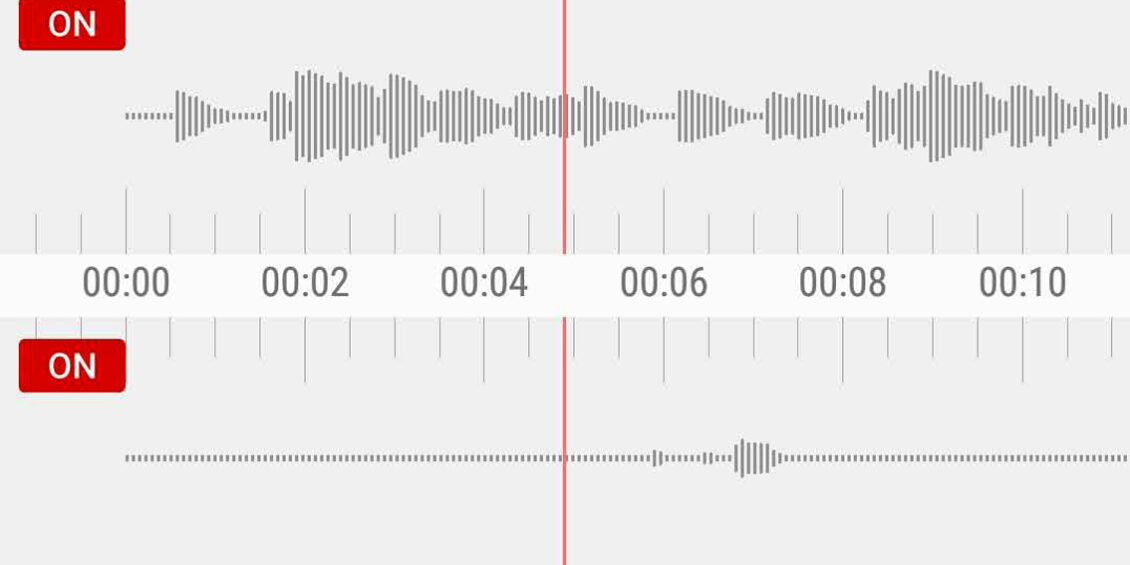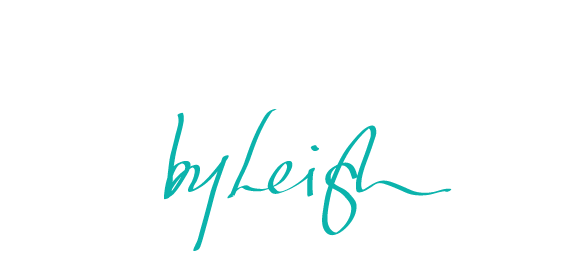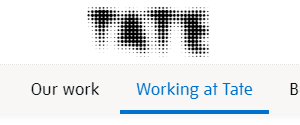
Featured Image: partial screenshot of the voice recorder on my phone
29 Nov 2019
My journey with interview started with an “of course I know how to do an interview!” approach but I’m glad I slapped myself up the side of the head and dug deeper.
The first thing I found was a wiki-How article (wikiHow, 2011)with crystal clear instructions on how to create a questionnaire which was my first step in getting ready for my interviews. I loved the simplicity of it but I was pretty sure my little wikiHow reference would not be viewed as a credible source especially since I should really have been looking up interviews
(wikiHow, 2019) not questionnaires. And I was right. I did my first interview before looking for other sources and although I got valuable information I was not as prepared as I could be and I feel that there are many opportunities I might have missed in that interview. Still it took another few weeks for me to really start digging into interviews.
My next step was Gray & Malins (Gray and Malins, 2012, pp.118) which pretty much lives on my bedside table. I was reading about the various research methods and saw that interviews were one of the top ways to find out what direction to go in with your research.
“Helpful in the exploratory stages of research to elicit views, identify variables, important factors as a method of structuring further research”
(Gray and Malins, 2012, pp.118)
They raise many issues for future exploration and that was precisely what I needed for this project. I had some notions about potential structures for a social change exhibition but I was very clueless about what the ramifications of each option were. Which route would prove best? Which structure would be more useful? Should I do this as a Practice PhD? A Research Partnership? Something else I haven’t considered yet? With that openness to the unknown, interviews seemed my best bet for a sense of direction to explore.
Which leads nicely to my discovery of The Qualitative Research Interview (Qu and Dumay, 2011, pp.239-248). This journal article about their research and analysis of the qualitative research interviews was hard reading. I confess, I struggled. I had to go look up what the authors meant by functional, neopositivist, interpretivist, romanticist, and localist, which is how I discovered Professor Lee Harvey formerly of the Director of the Centre for Research and Evaluation at Sheffield Hallam University. Thank God for his Social Research Glossary Index (Harvey, 2019) of research terminology which saved my sanity. Using both the article and the index, I came to the realisation that I am using a combination of an interpretivist, mainly romanticist approach with a splash of neopositivity thrown into the mix.
“The romantic view sees research interviews as a human encounter, encouraging interviewees to reveal their authentic experiences by establishing rapport, trust and commitment between the interviewer and interviewee”
(Qu and Dumay, 2011, pp.241)
My natural inclination is towards developing a rapport and conversational approach with people. So by Qu & Dumay’s definition, all my interviews have a romanticist approach. I wholeheartedly accept that people cannot be objective and therefore both the interviewer (me) and the interviewee will be bringing their contextual baggage or ‘lived experiences’ to the conversation and this will influence the way questions are posed, answered and interpreted. This also puts me firmly in the interpretivist conceptual camp.
Where I deviate though, is the idea of the interviewer and interviewee being equal in the interview. I definitely kept control of my interviews and guided the conversation in specific directions with my semi-structured interview plan. There was also less conversing and more listening on my part as I wanted to avoid contaminating the interviewees’ narrative with mine. (Though during transcription analysis I realised that I was a terrible interrupter so maybe I didn’t succeed with that as much as I thought.) My objective here was to listen to each interviewees responses and pick out a potential exhibition process or structure from it. I would then compare the ‘structures’ I had extracted from each interview looking to find a pattern that might answer my research question. According to Harvey’s Index (Harvey, 2019), this is an inductive approach.
“Induction involves moving from observations to empirical generalisations and on to theories”
(Harvey, 2019)
When Qu & Dumay delved into interview structure, I whooped with joy to realise that my interview plan was well on-track. I had done a question dump, listing every question I might want to ask my interviewees. I then prefaced each question with a category and grouped them so that similar questions came together under the headings:
- Art
- Process
- Team
- Roles
- Evaluation
- Challenges
- Solutions.
At my second interview, I had these categories listed as the areas I needed to cover. I would then ask my interviewee one of the first (broader) questions in that category and see where the answer took us. Sometimes they touched on all my probe questions without me asking and sometimes I needed to prompt more detailed answers. Another technique I employed was ticking off the categories that we’d covered so I knew which topics still needed some time and I could prioritise what to ask and how long to spend delving into the answer based on the interview time left. This meant that I tackled categories in any order, which helped me to maintain a relaxed conversational atmosphere that covered all my key areas while following the flow of the conversation rather than my question sheet. Qu & Dumay note that this approach allows the interviewer “to modify the style, pace and ordering of questions to evoke the fullest responses from the interviewee” (Qu and Dumay, 2011, pp.246)
The aspect of Qu & Dumay’s article that I don’t cover in my approach is the localist viewpoint. I struggled with this approach the most because it seemed like a giant paradox. It recognises and values the lived experiences that influence both parties’ interview contributions, but sets up the interviewer as the one who “creates the reality of the interview situation” (Qu and Dumay, 2011, p247). It talks about complex interpersonal interactions where both parties are equals but then assumes a cynical view of the interviewee’s level of honesty and does not view the interview process as a neutral research tool. These things seem so opposite to me that I cannot seem to grasp the localist concepts, yet I must have a bit of this approach inherent in me because in one interview, I noticed that the interviewee avoided answering one of my questions. I assumed the off-topic response was my fault, that I had not been specific enough, so I came back to it with a gentle insistence, clarifying the information I was seeking. They nodded pleasantly and proceeded to go off in another direction again. Instantly I knew, given the rapport we had built up so far throughout the interview, that it was not worth asking the question again. They would not answer. I moved on.
I found it really funny that QU & Dumay finally settled on taking what they considered to be the more middle-of-the-road localist approach. Perhaps, its intermediate position is what caused my confusion – a little bit of this, a little bit of that. Maybe this was my position all along. To be honest, I’m still not sure. I’ll need to go digging again but bet your bottom dollar, I’ll be taking Harvey’s index with me!
—
References
Gray, C. and Malins, J. (2012). Visualizing Research : A Guide to the Research Process in Art and Design. Abingdon, Oxon: Routledge.
Harvey, L. (2019). Social Research Glossary. Quality Research International. Available at: http://www.qualityresearchinternational.com/socialresearch/ [Accessed 2 Dec. 2019].
Qu, S.Q. and Dumay, J. (2011). The qualitative research interview. Qualitative Research in Accounting & Management, [online] 8(3), pp.238–264. Available at: https://www.researchgate.net/profile/Hamzeh_Alabool/post/Is_there_any_standardized_qualitative_interview_protocol_to_explore_ambiguous_loss_a_term_coined_by_Pauline_Boss/attachment/59d6420079197b807799dd56/AS%3A437239336443904%401481257389166/download/The+qualitative+research+interview.pdf [Accessed 29 Nov. 2019].
wikiHow (2019). Conduct Interviews for Research. [online] wikiHow. Available at: https://www.wikihow.com/Conduct-Interviews-for-Research [Accessed 16 Dec. 2019].
wikiHow (2011). Develop a Questionnaire for Research. [online] wikiHow. Available at: https://www.wikihow.com/Develop-a-Questionnaire-for-Research [Accessed 13 Oct. 2019].








